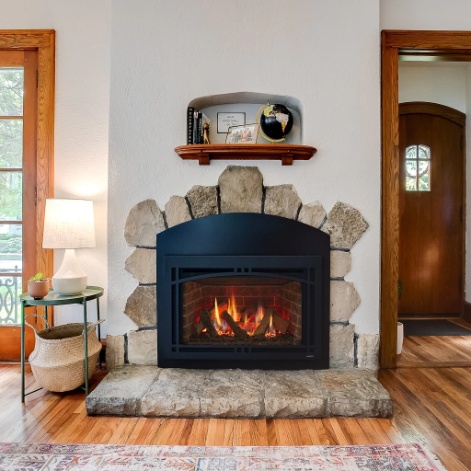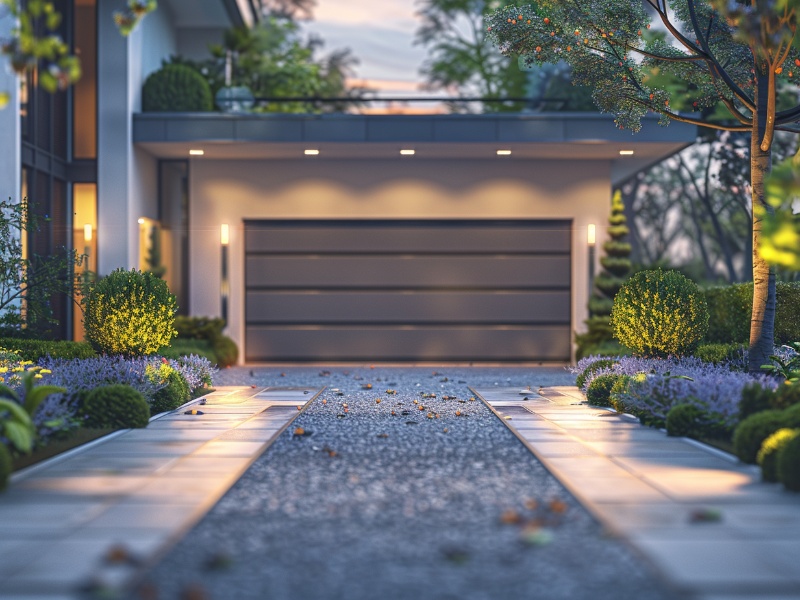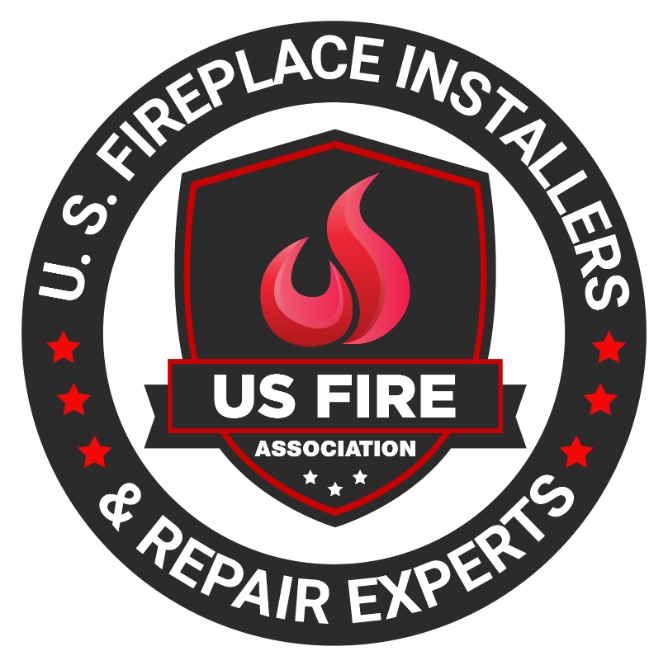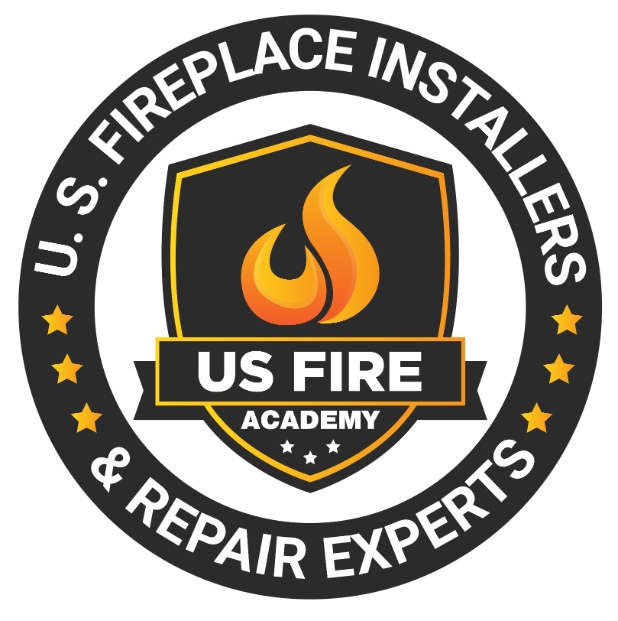Table of Contents
2022 wasn’t a quiet year for world events. And now, consumers are beginning to see the repercussions in their everyday lives, whether that’s food prices, the job market, or high energy bills.
Fortunately, even in these turbulent times, you can still do a lot to help cushion the effects of events beyond your control. One strategy is to invest in energy-saving appliances.
If you are considering buying a new energy-efficient fireplace this year to help save money on your bills, read on. This guide will tell you all you need to know about selecting the best energy efficient electric fireplace for your home.
What Is an Energy-Efficient Electric Fire?
We all know what an electric fireplace is, but what does it mean to say it’s energy efficient?
With today’s technological advances, an energy-efficient fireplace means any electric fire equipped with one or more energy-saving devices.
For a fireplace, that could mean that it uses LED lighting or has advanced settings to help you change and reduce the heat settings.
These features will help you save money on your bills, reduce your electricity use in the home, and help do your bit for the environment.
The Benefits of an Energy-Efficient Electric Fire
There are plenty of reasons to opt for a modern energy-efficient fireplace. Here are some of the main benefits you should know about before shopping for one for your home.
They Look Great
Nowadays, there are so many electric fire designs on the market that it’s easy to find a design you love.
Many offer realistic-looking flames that will help you get the same warmth and cozy atmosphere as a real fire but without the substantial environmental impact of burning coal.
They’re Mess-Free
Unlike a real fire, you won’t have to clean the surroundings or chimney with an electric one. When you begin your research, look for ones that are easy to maintain and clean.
They’re Safe
Modern energy-efficient fires are safe for any home. You don’t risk an out-of-control fire or smoke; they are far safer options if you have children or pets.
They’re Reliable and Low Maintenance
Modern fireplaces need little maintenance and repair work.
That means you’ll save on long-term expenses and won’t suffer the hassle of a broken fireplace in the middle of winter. And they’re convenient too. You can switch them on and off instead of loading a fire with coal or wood.
They Save Money
An energy-efficient fireplace gives you complete control of the temperature and timing. That means you’ll only use the electricity you need, saving you money. And other features like LED lighting will help further reduce your bills.
They Save the Environment
Traditional fireplaces emit smoke, ash, and soot, adding to carbon emissions that scientists have put at the heart of global warming. An energy efficient fireplace will help you lead a more carbon-cutting lifestyle and support the environment.
They Work Fast
It takes mere minutes to get an electric fire going. So you can have a warm and toasty room quickly and efficiently. And some work for large spaces up too, so you could find they’re perfect for open-plan living.
Energy-Efficient Fireplaces: Searching for the Right Features
When you begin your search for a new fireplace, it’s worth knowing what features to look for in those glossy sales brochures. Here are some tips to help you find the perfect one for your home.
Look for a High Energy Rating
The more energy-efficient your fireplace, the more money you’ll save. So when you start your search, always review the energy efficiency rating of each brand; the higher, the better.
An energy-efficient rating is a standard measurement helping you compare like-for-like with other appliances.
You can check the manufacturer’s details or marketing brochure in the USA for an Energy Star rating. These standards come from the US EPA (Environmental Protection Agency).
You may also see a label with the brand EnergyGuide. That’s done via the FTC (Federal Trade Commission), and it provides estimates about the fireplace’s energy emission and costs.
Search for Automatic Shut-Off Features
Some modern electric fireplaces come with an automatic shut-off feature. You’ll typically spot this when viewing fireplaces online or in the shops, as you’ll see a switch or indicator light.
If you can’t see it on the appliance, read through the safety information for the brand because you’ll typically find the feature listed there. Otherwise, read through the manufacturer’s official manual.
This shut-off mechanism helps reduce energy use when you leave the house, as the unit automatically switches off the fireplace after a specific time. Some even activate this feature if the sensor detects overheating.
It’s a good safety addition to guard against accidentally going to bed and leaving the fireplace on. Furthermore, this switch-off feature will reduce your energy bill by minimizing the time you use your heating.
In today’s expensive energy market, that is worth remembering.
As well as automatic shut-off features, some high-end fireplaces also have timers. These will help you add a few innovative smart home features to your fire settings, such as switching the fire on ten minutes before you arrive home from work in the evening.
Check the Heating Output
Different fireplaces will have different heating outputs, giving warmth to a specific square footage of space.
In other words, if you have a vast room, choose a heating output that will work for that entire room so you don’t have one corner chair sitting in a cold spot!
Check for Adjustable Settings
Different fireplaces will offer a variety of settings. As a general rule of thumb, those with more complicated settings will probably sit at the higher end of any budget.
But adjustable settings will help you reduce your energy use in the long run. So it could save you money, even if you opt for a pricier fireplace.
Some fireplaces will also offer adjustable thermostats, and that’s important too.
You can turn your heating down by one degree, and over a year, that will save you money on your electricity bill, but you probably won’t notice the minor drop in temperature in your home.
Check for Light Settings
It’s not only heat settings that you can control on some modern electric fireplaces. Many also allow you to dim or brighten the light from the fire.
That’s a popular feature for many, as it will help you create the right atmosphere at home and dim the fire for a relaxing, cozy evening or brighten it for dining and socializing.
Consider a Remote Control
Some high-end fireplaces offer remote control. This is a luxury but worth considering because of the added convenience. It will add to a feeling of comfort and luxury when sitting around your new fireplace.
Safety Features
Two safety features you want to look for in a fireplace are cool-to-touch and flame-retardant.
Cool-to-the-touch fireplaces ensure a cold surface of your fireplace, which is ideal if you have young children. And flame-retardent fireplaces are essential in any home as a general fire safety feature.
General Buying Tips
As well as specific fireplace features, there are a couple of other recommendations to help you find the perfect appliance. Here are some important general tips to remember before making that final purchase.
Set Your Budget
Always set a budget first before you start shopping. Electric fireplace prices vary considerably, and you don’t want to find the perfect one only to discover it’s outside your price range.
Consider the Size
A fireplace can often be the focal point of the room. So getting a perfect size is essential. Too big, and it will look out of place. Too small, and it won’t offer that statement look that often comes with a beautiful fireplace.
So before you start your search, measure your room, focusing on the length, width, and depth needed for the fireplace to fit.
Map out the space around the furniture to ensure it works within your room. Keep those measurements to hand when you conduct your search.
Consider the Style
Fireplaces look beautiful in a room, but they must match the style of your home and interiors. Do you prefer traditional or modern, rustic or sleek?
It’s a good idea to get some inspiration from places like Pinterest before you start your search so you have a feel for the type of fireplace you want.
Consider Extras
Most fireplaces come with surrounds to help them fit stylishly in your home.
You’ll want to think about the design of your fire surround and whether to purchase it as part of the fireplace or install a separate design. Don’t forget to cost these extras when putting together your budget.
Get a Professional Installation
Electric fireplaces will need installation, and it’s always best to hire a professional team like us. We’ll ensure it’s done to proper safety standards. And when you’re finished, keep hold of any warranty and emergency numbers if you run into any problems.
Finding the Right Energy Efficient Electric Fireplace
It pays to do your research when it comes to buying an energy efficient electric fireplace. Doing so will ensure you get one with state-of-the-art features that will save you money and give you that beautiful, snug interior.
You can kick-start your fireplace planning by contacting us for a free estimate. Once you do that, our expert team will provide you with a custom quote for our fantastic range of energy-efficient fireplaces.
Latest Articles

What Is An NG (Natural Gas) Indicator And Why You Need It For Your Fireplace
Table of Contents1 Understanding Natural Gas Fireplaces2 What is an NG Indicator?3 Importance of NG Indicators for Safety4 Types of NG Indicators5 Installation and Maintenance of NG Indicators6 Signs of a Faulty NG Indicator7 Frequently Asked Questions Natural gas fireplaces are a favored option among numerous homeowners due to their convenience and effectiveness. But, what is an NG (Natural Gas) indicator and why you need it for your fireplace? It is imperative to comprehend how they function and the significance of having an NG (Natural Gas) indicator for safety purposes. This article delves into the definition and significance of NG indicators. We will discuss the potential hazards associated with the absence of one and the various types of indicators accessible. Also, we will discuss installation and maintenance recommendations, and methods to recognize and rectify issues with malfunctioning indicators. Stay well-informed and ensure the safety of your home by referring to this exhaustive guide. Understanding Natural Gas Fireplaces Natural gas fireplaces serve as an efficient and convenient heating option for numerous households. They utilize natural gas as a fuel source to deliver consistent warmth and ambiance. How They Work and Why They Need NG Indicators The operation of natural gas fireplaces involves igniting natural gas to generate heat. This process requires diligent monitoring to ensure both safety and efficiency, a task facilitated by the use of NG indicators. NG indicators play a critical role in detecting potential gas leaks. They enable residents to promptly address and mitigate any associated hazards. Through continuous monitoring of gas levels and providing timely warnings and alerts, NG indicators uphold a secure indoor environment. It is imperative to ensure that these indicators function properly to facilitate the effective operation of natural gas fireplaces. This helps mitigate the inherent risks linked to gas leaks. What is an NG Indicator? An NG indicator is a specialized device equipped with advanced sensors and technology. It is specifically designed to detect natural gas leaks and monitor gas pressure in appliances, such as fireplaces. Definition and Purpose The NG indicator functions as a detector that monitors gas appliances for potential leaks. It provides essential functionality to ensure safety in households utilizing natural gas. These detectors play a crucial role in protecting residences by notifying occupants of dangerous gas leaks long before they escalate into perilous situations. Through continuous monitoring of gas levels in the vicinity, NG indicators offer an additional layer of protection. This is particularly important in properties that rely on gas-operated fireplaces or stoves. These devices not only help avert potential disasters but also enhance the overall peace of mind of homeowners. They assure them that their living spaces are equipped with reliable safety features. Importance of NG Indicators for Safety Natural gas indicators are essential for maintaining safety in households equipped with natural gas appliances. These devices serve as a proactive measure to promptly detect gas leaks. This offers homeowners a sense of security and assurance. Potential Dangers of Not Having an NG Indicator The absence of an NG indicator in residences equipped with natural gas appliances can pose significant hazards. This includes the risk of undetected gas leaks , carbon monoxide poisoning , and pilot outages that may lead to dangerous situations. These potential risks can profoundly impact indoor air quality. They directly influence the health and safety of individuals residing in the household. Undetected gas leaks can go unnoticed, gradually permeating the air and creating a potentially explosive environment. Insufficient ventilation from undetected exposure to carbon monoxide can lead to serious health complications. These range from mild symptoms such as dizziness to fatal poisoning. Without proper monitoring from an NG indicator, families are left susceptible to these concealed threats. This underscores the critical importance of implementing proactive measures to mitigate such risks. Types of NG Indicators Indicators for Natural Gas (NG) are available in diverse types. Each presents distinct detection capabilities tailored to specific requirements, encompassing both manual and automated alternatives. Manual vs. Automatic Indicators Manual NG indicators require user intervention for monitoring gas levels and identifying leaks. On the other hand, automatic indicators employ sophisticated technology to deliver continuous, real-time monitoring. This heightened efficiency and oversight enhance safety protocols. Conventional manual indicators rely on individuals to physically inspect and evaluate gas levels periodically. This renders them more susceptible to human errors. Conversely, automatic indicators feature sensors capable of promptly detecting even the most minute fluctuations in gas levels. This establishes a more dependable and precise monitoring mechanism. Automatic indicators can activate alerts and shut-off systems upon detecting a leak. This ensures immediate action to avert potential hazards. This advanced technology enhances safety protocols and instills a sense of command and assurance among users. Installation and Maintenance of NG Indicators The reliable and accurate performance of NG indicators necessitates proper installation and consistent maintenance. This often entails professional installation and adherence to recommended service guidelines. Proper Installation and Regular Maintenance Tips The proper installation of NG indicators involves adhering to the specifications in the user manual. Maintenance protocols entail strict adherence to a predetermined maintenance schedule to ensure sustained operational efficiency. During the installation phase, it is imperative to verify that the NG indicators are securely affixed in the designated location as stipulated by the manufacturer. Crucial steps include confirming power source compatibility and ensuring proper grounding of the device to optimize performance. Calibration of the indicator must be executed meticulously to ensure precise readings. Regarding maintenance, essential practices include regular inspection for signs of wear, thorough cleaning of the indicator components, and routine functionality tests. By allocating time to a consistent maintenance regimen, the NG indicator can operate with optimal efficiency over an extended duration. Signs of a Faulty NG Indicator Recognizing indicators of a malfunctioning NG indicator is essential for upholding safety and performance standards. Inaccuracies and detection issues can undermine the efficacy of these devices. Identifying and Addressing Issues The process of identifying and addressing issues related to NG (natural gas) indicators requires a systematic troubleshooting approach. This ensures their optimal performance

What You Need To Know About Gas Log Set Safety And Installation Considerations
Table of Contents1 Understanding Gas Log Sets2 Safety Considerations for Gas Log Sets3 Installation Guidelines for Gas Log Sets4 Maintaining and Troubleshooting Gas Log Sets5 Frequently Asked Questions Gas log sets are a favored option among homeowners seeking to enjoy the comfort and atmosphere of a conventional fireplace without the inconvenience of wood. This article tells you what you need to know about gas log set safety and installation considerations. Before incorporating one into your residence, it is imperative to understand the safety considerations associated with their use. This discussion delves into the potential hazards linked with gas log sets. It presents crucial precautions to uphold the safety of your home. Also, it outlines proper installation procedures and offers insight into common errors to avoid. Finally, it provides advice on maintenance and troubleshooting. Gain comprehensive knowledge on gas log set safety and installation considerations. Understanding Gas Log Sets Comprehending gas log sets is essential for individuals seeking to elevate their fireplace experience, and for gas lag set safety and installation. These heating appliances can operate on either natural gas or propane. In addition, they are available in a range of styles, including vented, ventless, and vent-free options. They provide an array of benefits and customization opportunities through various fireplace accessories. What are Gas Log Sets? Gas log sets are meticulously crafted artificial logs. They are designed to imitate the appearance and functionality of authentic wood logs within fireplaces. These gas log sets typically consist of ceramic or refractory concrete logs that have been skillfully molded and painted. This allows them to replicate the natural grain and texture of real wood. The logs are arranged in various configurations within the fireplace. They establish a realistic and welcoming ambiance. In addition to the logs, gas log sets often include fireplace accessories such as glowing embers. Accessories also include decorative stones, and even pine cones to enhance the overall aesthetic appeal. Homeowners can select from an array of placement options. These include traditional wood stack, cascading driftwood, or a contemporary geometric arrangement. Homeowners can align their preferred style and design preferences. Safety Considerations for Gas Log Sets Safety considerations for gas log sets are of utmost importance to guarantee a secure and pleasant fireplace experience. It is essential to address potential hazards such as carbon monoxide exposure, gas leaks, and fire safety to maintain a safe environment for homeowners. Potential Hazards and Precautions Gas log sets come with potential hazards that must be taken seriously, including the risks of gas leaks, carbon monoxide poisoning, and fire incidents. It is imperative to establish and adhere to rigorous safety measures to ensure the well-being of individuals and properties involved in the use of gas log sets. Gas leaks represent a significant hazard when utilizing gas log sets. They can result in the accumulation of combustible gas within the premises, heightening the possibility of explosions or fires. Carbon monoxide, an insidious gas generated during incomplete combustion, poses a grave threat due to its colorless and odorless nature, making it undetectable without proper monitoring. To address these risks effectively, it is vital to install carbon monoxide detectors and gas leak sensors in the vicinity of the gas logs. Routine maintenance checks on the gas log system, including cleaning and inspection procedures, are critical to ensure safe operations and the prompt identification of potential issues. In case of a gas leak or suspected presence of carbon monoxide, immediate evacuation of the affected area is paramount, followed by prompt contact with emergency services. Recognizing the distinct odor of rotten eggs associated with natural gas can serve as an early warning sign, prompting swift actions to avert any potential accidents. Installation Guidelines for Gas Log Sets The installation of a gas log set necessitates meticulous planning and strict adherence to specific guidelines. This includes verifying a secure gas connection, ensuring proper gas lines are in place, and complying with local building codes. Often, the complexity of these requirements may require the expertise of a certified technician. Proper Installation Techniques The appropriate installation procedures for gas log sets involve the secure connection of gas lines, meticulous adherence to installation manuals, and strict compliance with local building codes. It is imperative to prioritize the guarantee of secure gas connections to avert leaks and potential safety hazards. During the installation of gas log sets, utilizing suitable sealants and fittings is essential to establish a tightly sealed connection. The correct installation of gas lines is critical for both the safety and operational efficacy of the gas log set. Reference to the installation manual is highly advisable for detailed, step-by-step guidance to prevent inaccuracies and ensure the successful establishment of the gas log set. Consistently adhering to building codes and regulations upholds safety standards. Seeking guidance and confirmation from a certified technician before and after installation can offer invaluable support and assurance throughout the process. Common Installation Mistakes to Avoid It is imperative to avoid common installation errors to ensure the secure and effective operation of gas log sets. This includes verifying proper gas connections and compliance with building codes. Improper gas connections can result in leaks and potential hazards, underscoring the importance of verifying the tightness and correct alignment of all fittings. Failure to adhere to building codes can lead to structural complications, penalties for non-compliance, or even safety concerns. To prevent these oversights, it is advised to consult the manufacturer’s installation guidelines and strictly adhere to local regulations. Engaging a certified technician for the installation of gas log sets guarantees that the procedure is carried out accurately and securely. This provides assurance that the system is functioning as intended. Maintaining and Troubleshooting Gas Log Sets Regular maintenance and troubleshooting of gas log sets are imperative to uphold their optimal performance and safety. This includes thorough examination of the pilot light, pilot assembly, and other gas appliances to preserve heating efficiency and promptly resolve any arising issues. Tips for Maintenance and Repair Ensuring the proper maintenance of your gas log set necessitates conducting

Key Considerations For Using Compressed Liquid Propane In Fireplace Installation
Table of Contents1 What is Compressed Liquid Propane?2 Benefits of Using Compressed Liquid Propane in Fireplaces3 Safety Precautions for Installing Compressed Liquid Propane Fireplaces4 Installation Process for Compressed Liquid Propane Fireplaces5 Maintenance and Care for Compressed Liquid Propane Fireplaces6 Alternative Fuel Options for Fireplaces7 Frequently Asked Questions If you are contemplating the use of compressed liquid propane in your fireplace installation, this discussion will delve into the advantages of adopting this alternative fuel option. These benefits include enhanced efficiency, cost savings, and important safety precautions to consider. Furthermore, a detailed step-by-step guide on the installation process will be provided, along with recommendations for maintenance and care. A comparison of various fuel options for fireplaces will also be conducted to assist you in making an informed decision. We encourage you to stay engaged to gain insights into optimizing your fireplace’s capabilities with compressed liquid propane. What is Compressed Liquid Propane? Compressed Liquid Propane is a versatile energy source contained in a high-pressure propane tank. It finds extensive utility in both residential and commercial settings, prominently including fireplaces. Recognized for its convenience and efficiency, Compressed Liquid Propane emerges as a favored option for heating residential spaces and facilitating culinary pursuits across various environments. Additionally, it serves as a viable fuel substitute in vehicular contexts, portable cooktops, and outdoor grilling scenarios due to its propensity for clean combustion. The attribute of portability, coupled with ease of storage, positions Compressed Liquid Propane as an optimal energy source for individuals residing off the conventional grid. It is also great for engaging in outdoor activities such as camping and recreational vehicle (RV) travel. Moreover, the high energy density inherent to Compressed Liquid Propane renders it a dependable choice for sustaining generators during instances of power disruptions. Benefits of Using Compressed Liquid Propane in Fireplaces Utilizing Compressed Liquid Propane for fireplace installation presents several benefits. These include enhanced fuel efficiency, convenience, cost-effectiveness, and a favorable environmental footprint. These attributes render it a recommended option for heating solutions, applicable to both on-grid and off-grid settings. Efficiency and Cost Savings The utilization of Compressed Liquid Propane in fireplaces offers significant advantages, notably in terms of high fuel efficiency and cost-effectiveness. These attributes are underscored by the exceptional BTU rating and overall heating efficiency of Compressed Liquid Propane. The elevated fuel efficiency exhibited by Compressed Liquid Propane fireplaces necessitates less fuel to generate the same level of heat compared to traditional wood-burning fireplaces or electric heating systems. Consequently, homeowners can realize cost savings on their heating expenditures over an extended period. Moreover, the clean-burning characteristics of propane minimize maintenance costs linked to soot and ash cleanup. This further enhances the cost-effectiveness of employing propane fireplaces. Safety Precautions for Installing Compressed Liquid Propane Fireplaces Ensuring safety is of utmost importance during the installation of Compressed Liquid Propane fireplaces. This requires strict adherence to safety regulations, meticulous attention to proper ventilation requirements, careful control of ignition sources, and the incorporation of carbon monoxide and gas leak detection systems. Important Safety Measures Essential safety protocols for the installation of Compressed Liquid Propane fireplaces encompass adherence to fire safety regulations. Engaging in professional assessments and employing sophisticated gas leak and carbon monoxide detection mechanisms is crucial. Professional evaluations play a critical role in identifying any prospective hazards or irregularities within the fireplace infrastructure. These assessments are vital in ensuring the operational integrity of all components and compliance with safety protocols. Routine inspections serve to forestall potential fire incidents, gas discharges, or carbon monoxide emissions that could pose significant threats to both the property and individuals in the vicinity. The utilization of advanced gas leak and carbon monoxide detection systems serves as an additional safeguard by promptly notifying occupants of any elevated levels of these hazardous gases. Installation Process for Compressed Liquid Propane Fireplaces The installation procedure for Compressed Liquid Propane fireplaces encompasses several critical steps. These include: Adhering to installation guidelines Correctly positioning the propane tank Ensuring precise gas line installation Optimizing heat output Monitoring pressure regulation Establishing the pilot light Step-by-Step Guide The installation process of Compressed Liquid Propane fireplaces involves a systematic approach. This begins with the construction of the firebox, followed by the installation of the gas control valve, setup of the ignition system, design of the flue, and verification of a suitable combustion air supply. The construction of the firebox assumes critical importance as it serves as the foundation of the fireplace structure. It securely holds the combustible materials in place. Subsequently, the gas control valve plays a key role in managing the propane flow, guaranteeing safe and efficient operation. The installation of the ignition system facilitates convenient and reliable fire initiation. Designing the flue is a necessary step to direct exhaust gases outside, thus preventing their accumulation indoors. Moreover, ensuring a proper combustion air supply is essential to sustain optimal burning conditions and enhance fuel consumption efficiency. Each component contributes significantly to the functionality and safety of the fireplace installation process. This underscores the importance of meticulous attention to detail and adherence to established protocols. Maintenance and Care for Compressed Liquid Propane Fireplaces Consistent maintenance and attention to Compressed Liquid Propane fireplaces are imperative to guarantee their optimal functionality. This includes adherence to prescribed maintenance protocols, regular chimney upkeep, prevention of soot accumulation, and scheduling of routine propane deliveries and professional inspections. Tips for Keeping Your Fireplace in Good Condition For the maintenance of your Compressed Liquid Propane fireplace, it is essential to conduct regular checks on ignition sources. Monitor flame appearance, clean the gas burner and pilot assembly, and verify the correct operation of the safety shut-off valve. The inspection of ignition sources requires a detailed examination of the electronic igniter. This helps identify any signs of damage or corrosion and ensures proper sparking upon activation. Monitoring flame appearance involves observing a consistent blue flame with minimal flickering, which signifies efficient combustion. Cleaning the gas burner and pilot assembly can be performed using a soft brush or compressed air to eliminate any dirt or debris that may
